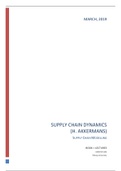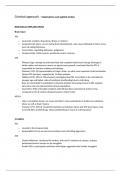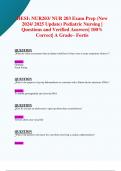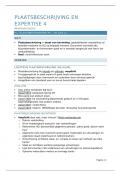Samenvatting
Detailed summary of the whole book Supply Chain Dynamics (H. Akkermans)
This is a detailed summary of the whole book Supply Chain Dynamics (H. Akkermans) from the course Supply Chain Modelling at the Tilburg University. Chapters 1 - 13 are included, also some notes of the lectures.
[Meer zien]








